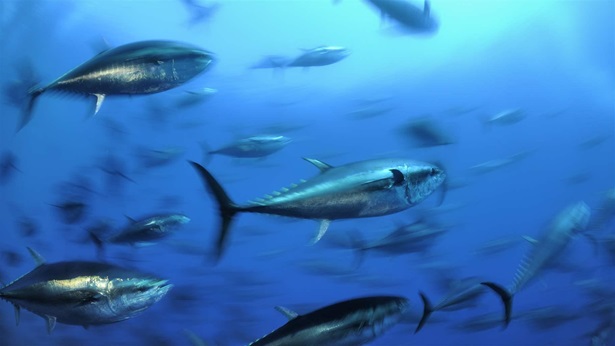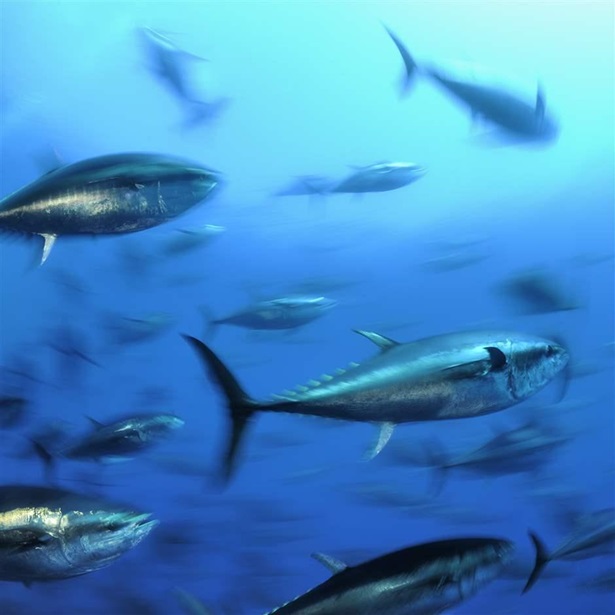Transshipment in the Indian Ocean Needs Management Reform
Strengthening rules and procedures will help ensure a verifiable seafood supply chain
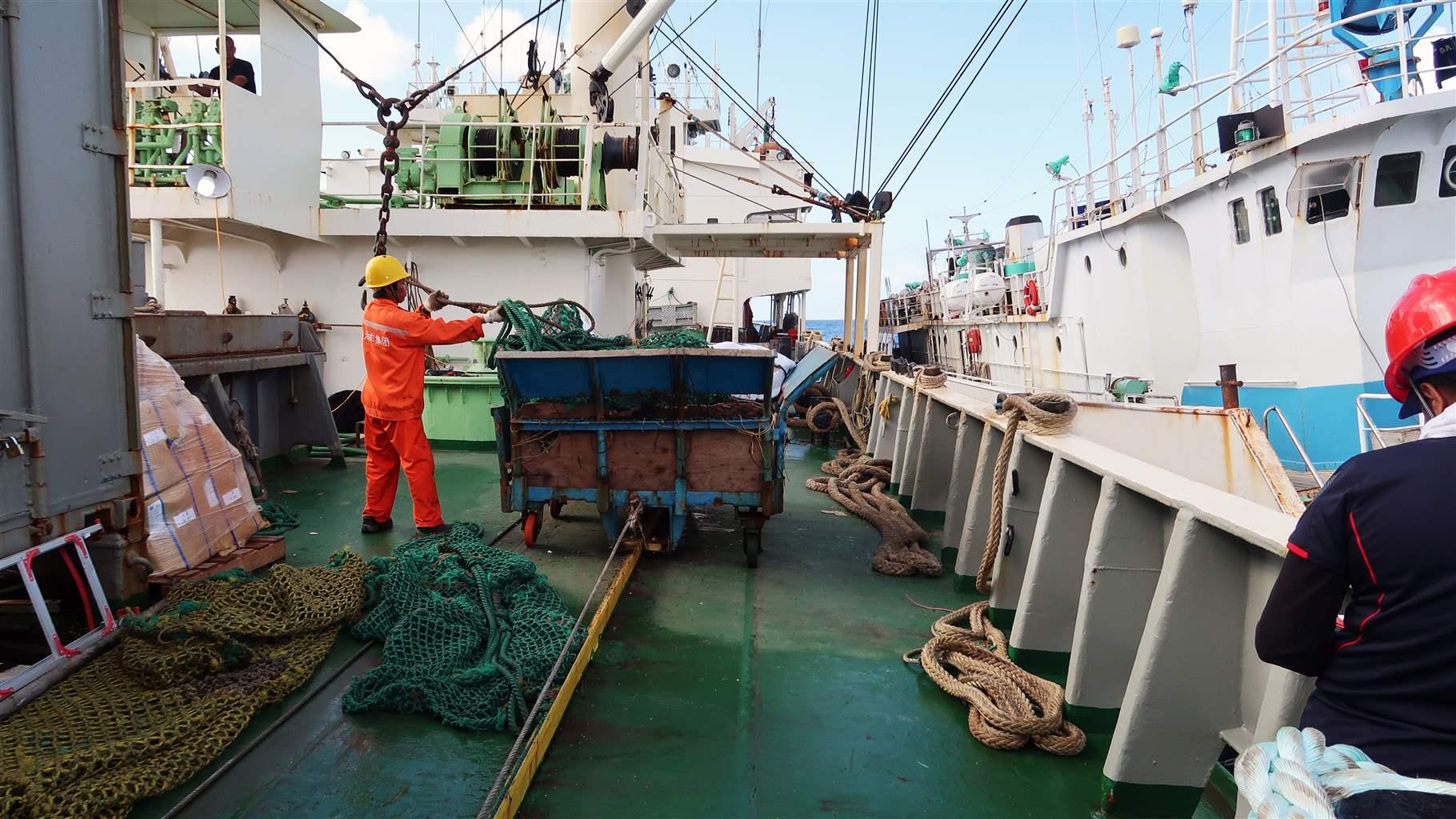
At-sea transshipment activity, in which fishing vessels transfer fresh catch to refrigerated carrier vessels that take fish to port, continues to grow in the waters governed by the Indian Ocean Tuna Commission (IOTC), with reported transshipment events increasing by 87% between 2014 and 2019. The quantity of fish transshipped also increased by 55% in the same period. Despite these upward trends, management and monitoring of these events in the IOTC Convention Area remain unchanged. Without clear rules and thorough oversight, transshipment can undermine management efforts for tuna stocks worth $8.6 billion a year and help bad actors move illegally caught products into the global supply chain.
Thankfully, managers will have the opportunity to strengthen the transshipment measure at the Commission’s 2021 virtual annual meeting June 7-11. Although one proposal has already been put forward, it focuses on requirements that apply to just one country, instead of addressing changes that are needed throughout the measure. The Commission should work to improve transshipment management for all its members, rather than just providing exemptions to one party.
Greater reporting would improve transparency and compliance with existing regulations
Annual reporting shows that discrepancies exist between the number of high-seas transshipments reported by onboard observers and the number reported by countries to the IOTC Secretariat. Inconsistencies also exist in the reported amounts of tunas transshipped in 2019. In fact, the Secretariat reported 729 more metric tons of yellowfin, 369 more metric tons of albacore, and 111 more metric tons of bigeye tunas than the observers did. These irregularities make it challenging for authorities to verify the accuracy of transshipment reports, detect inaccurate catch information, and make well-informed management decisions. Weak reporting requirements and inadequate monitoring of carrier vessels flagged to non-member countries add to the difficulties.
To ensure greater accuracy of reporting, transparency of information, and adequate oversight of transshipment events in the Indian Ocean, Commission members should agree to update the existing transshipment measure at its annual meeting. Members should consider several improvements, specifically, to:
- Define large-scale fishing vessels to clarify which vessels are exempt from existing transshipment prohibitions.
- Remove the ability for carrier vessels flagged to non-members to be listed on IOTC-authorized vessel records.
- Create a publicly available list of fishing and carrier vessels specifically authorized to transship, including their authorization period and International Maritime Organization (IMO) numbers.
- Require vessels to report all transshipments of all Commission-managed species, regardless of location, to the relevant flag State, coastal State, port State, and the Secretariat within 24 hours.
- Update the transshipment declaration form to require IMO numbers and the specific geographic locations of transshipments.
- Mandate that carrier vessels report their vessel monitoring system data to the Secretariat.
Data sharing can improve understanding of transshipment of non-IOTC managed species
Members should also consider improving data sharing with neighboring regional fishery bodies. Because of its location, the IOTC Convention Area overlaps with the Southern Indian Ocean Fisheries Agreement (SIOFA). Satellites have observed high levels of carrier activity in recent years, suggesting that multispecies transshipments could be occurring in this overlap area. Oil fish, a non-tuna species, makes up a large portion of the transshipped catch in the IOTC Convention Area, including in the overlap area, even though the species is not currently covered by IOTC regulations. In 2019, it was the fourth-most transshipped species reported by both observers and the Secretariat, and accounted for 13% of the total fish transferred. Oil fish is regulated by SIOFA, but that Commission has yet to implement a management measure for transshipment at sea. This leaves a critical gap in monitoring the catch and transfer of the species, and provides an opportunity for misreporting the transshipment of valuable tuna species under the guise of transfers of oil fish. Implementing a data-sharing memorandum of understanding between these organizations would significantly help increase the level of transshipment activity monitoring in the co-managed overlap area.
Without improvements to monitoring and controls on transshipment in the Indian Ocean, there could be significant negative consequences for the industries, communities, and ecosystems that depend on transshipped tunas, including further declining stocks and reduced economic returns. With IOTC’s annual meeting just a few weeks away, it is up to all its members to implement best practices and strategies for managing transshipment in the Indian Ocean.
Jamie Gibbon is a manager and Raiana McKinney is a senior associate with The Pew Charitable Trusts’ international fisheries project.


America’s Overdose Crisis
Sign up for our five-email course explaining the overdose crisis in America, the state of treatment access, and ways to improve care
Sign up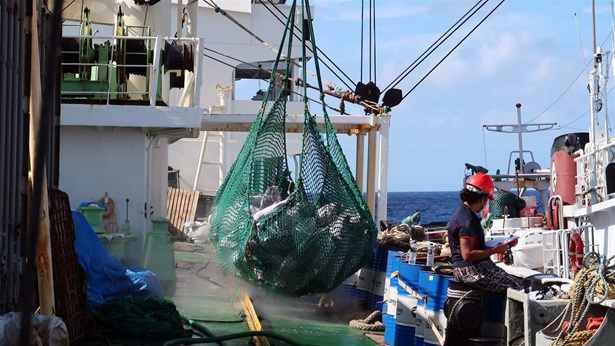
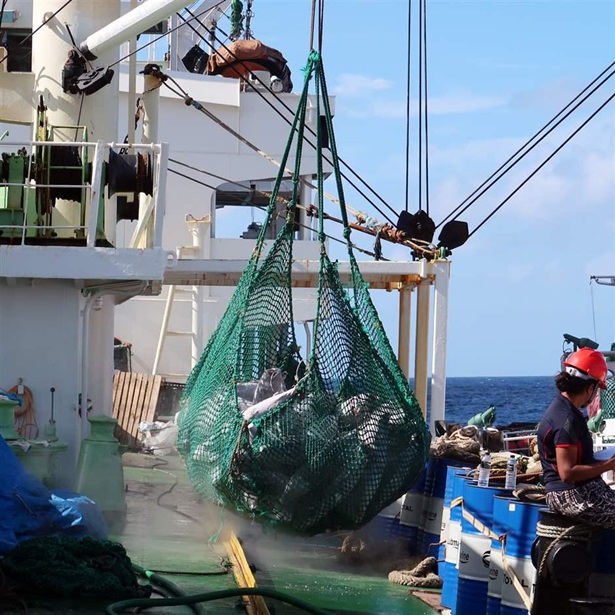
Problems Abound With At-Sea Transfer of Fish
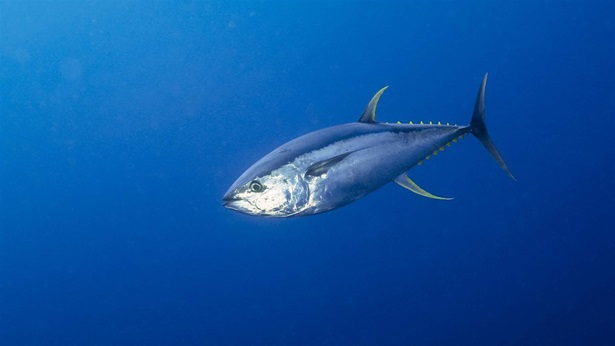
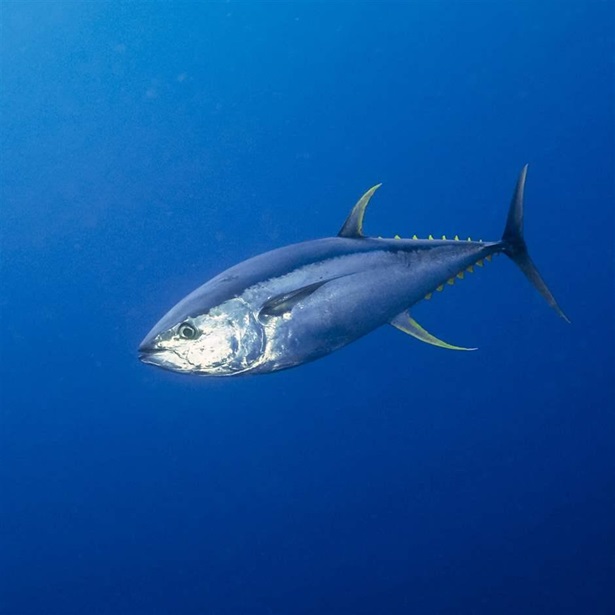
Indian Ocean Must Commit to Rebuilding of Yellowfin Tuna
